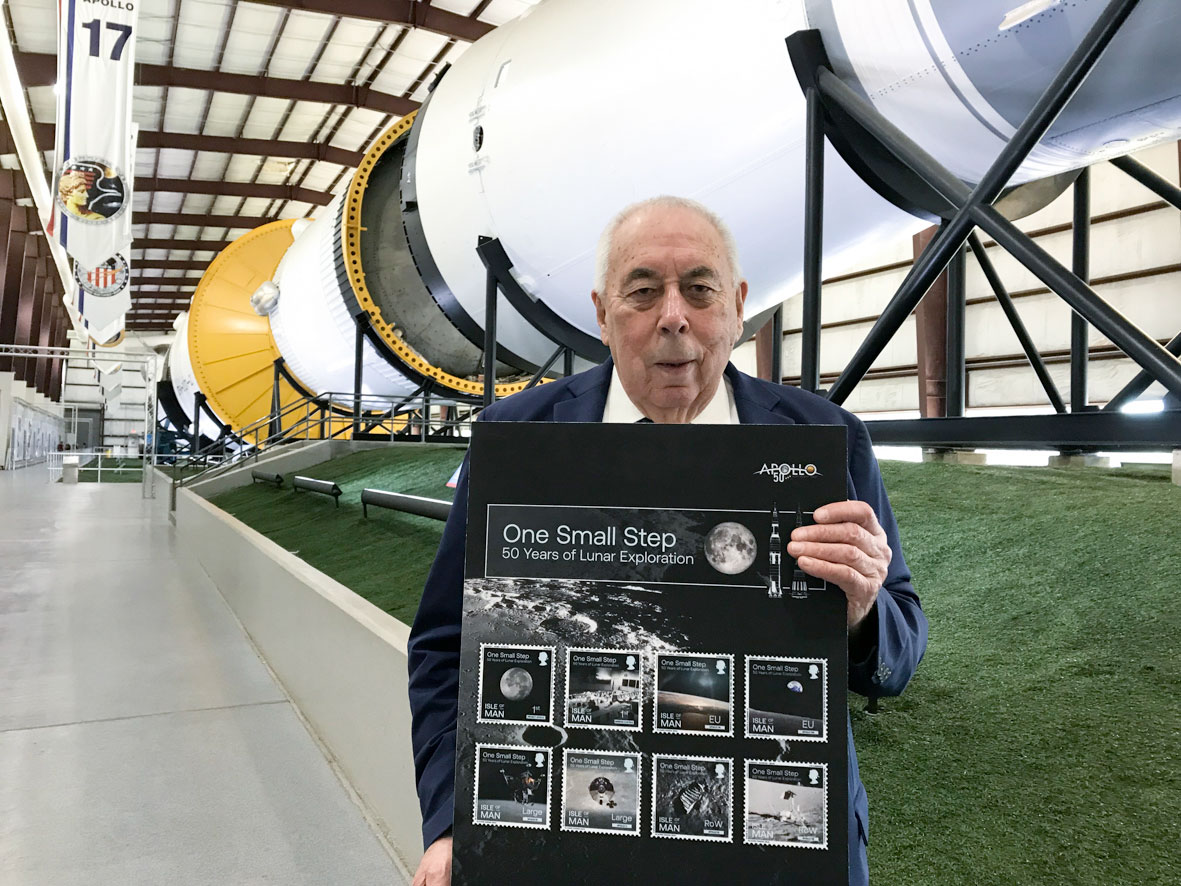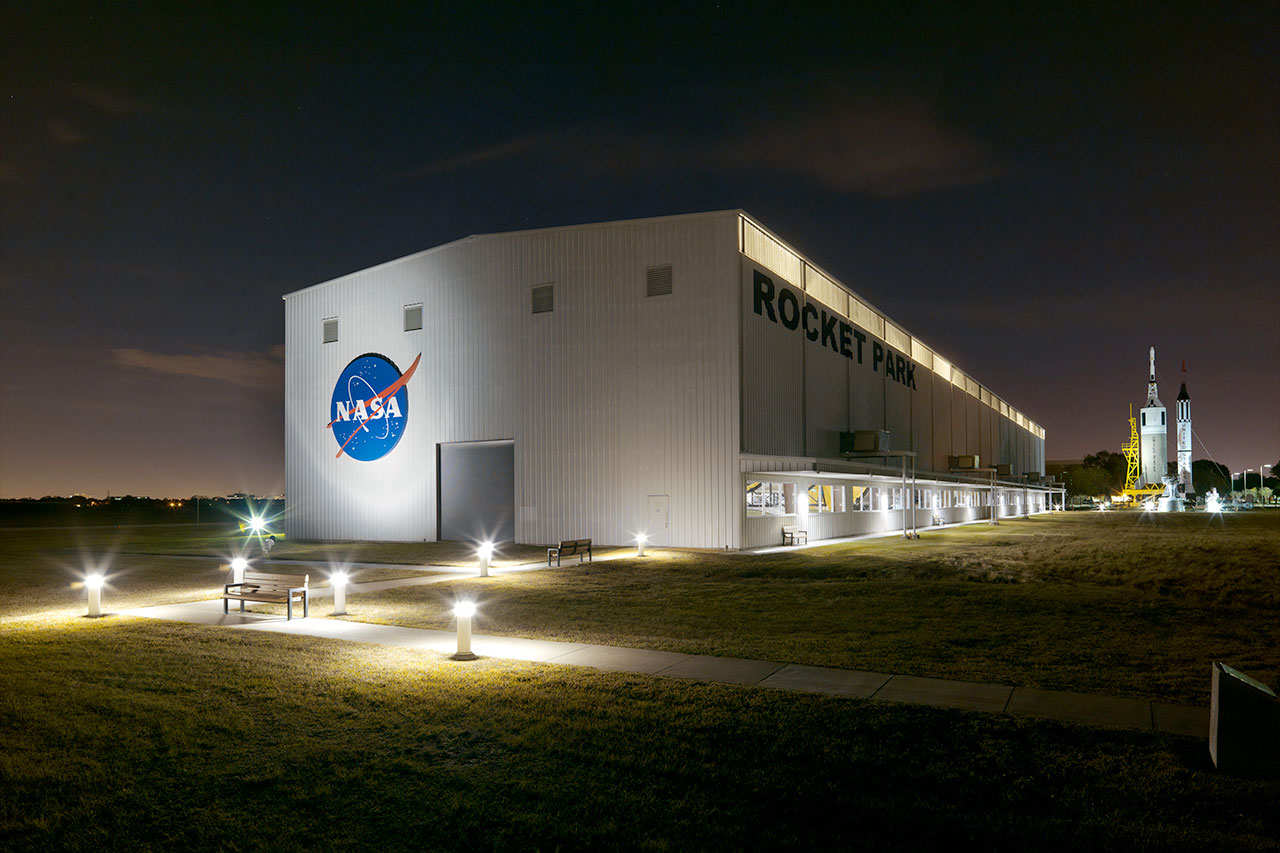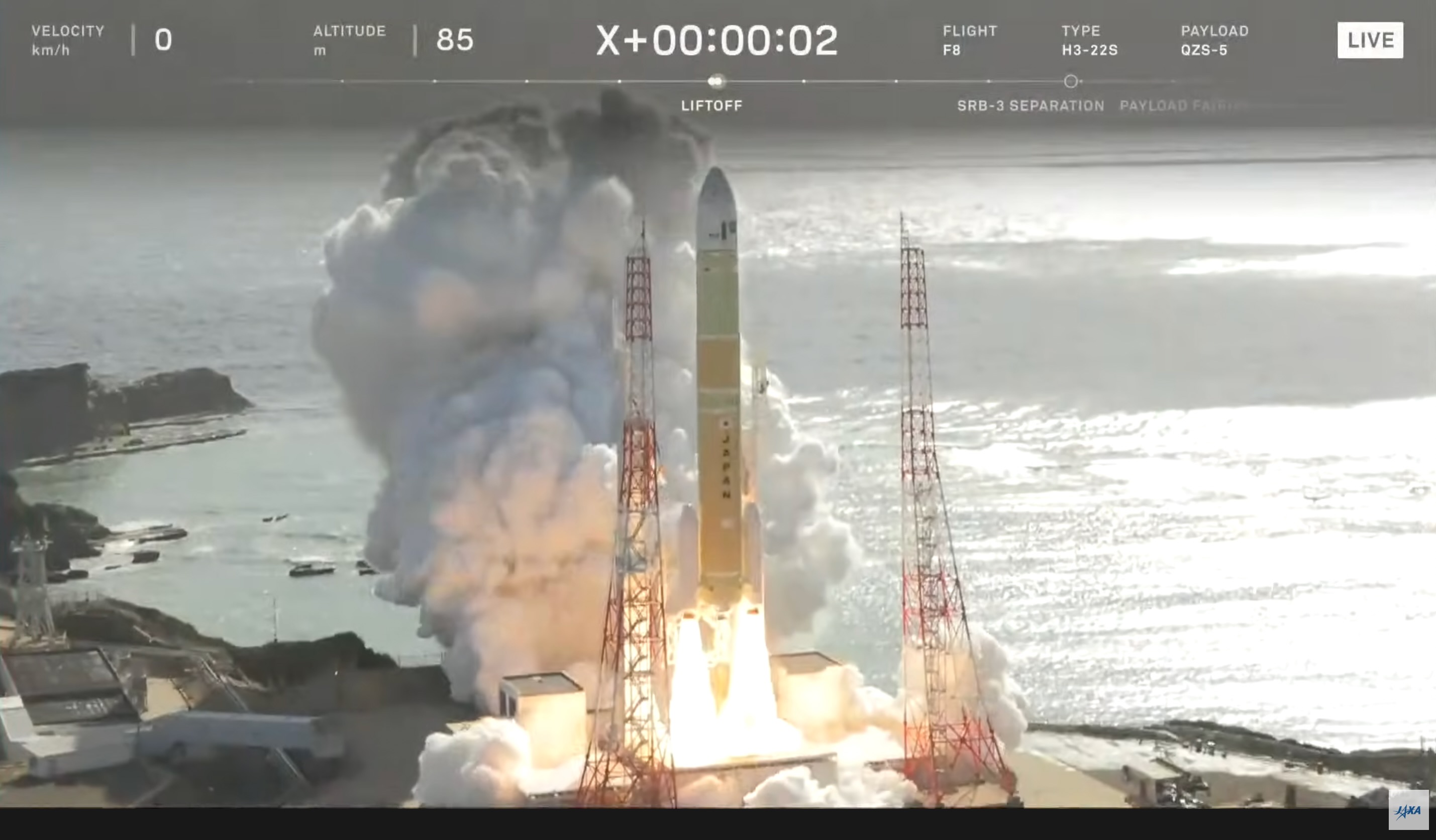Johnson Space Center rocket park named for former director George Abbey

George Abbey now has more than a herd of longhorns to his name at the entrance to NASA's Johnson Space Center.
Driving by the Houston home to NASA's human spaceflight program, past the 35-acre pasture established by Abbey for Texas Longhorn cattle to graze, visitors now come across a sign dedicating Johnson's Rocket Park to the Apollo-era engineer and former center director. The George W.S. Abbey Rocket Park displays one of only three remaining Saturn V rockets that was used to launch the first astronauts to the moon more than 50 years ago.
The park's dedication, which will be made formal during a ceremony held Friday (Dec. 10), highlights the many contributions Abbey made to the space program and to the local Johnson Space Center community — including the students who each year learn about ranch management from The Longhorn Project.
Photo tour: Inside NASA's Johnson Space Center
Accessible to the public via the nearby Space Center Houston and its daily tram tours of Johnson Space Center, the George W.S. Abbey Rocket Park showcases many of the historic missions and vehicles that its namesake helped succeed.
Described by NASA as one of its most influential leaders through the end of the 20th century, Abbey's career with the space agency spanned five decades.

Reporting to NASA as an U.S. Air Force captain in 1964, Abbey was assigned to the Apollo program, which had the goal of landing the first humans on the moon. Three years later, Abbey left the service and became a civil servant to work as a technical assistant to Apollo spacecraft program manager George Low. In that role, he participated in the accident investigation following the fatal Apollo 1 fire and the development and implementation of spacecraft design changes that led to 13 successful Saturn V launches and six human moon landings.
Breaking space news, the latest updates on rocket launches, skywatching events and more!
In 1970, Abbey and the other members of the Apollo 13 mission operations team earned the Presidential Medal of Freedom, the highest civilian honor in the United States, for their dedication and work to safely return the Apollo 13 crew home. Three years later, in recognition of his contributions to the Apollo program, Abbey received the NASA Distinguished Service Medal.
Abbey then became director of flight operations at Johnson, leading the planning and management of flight control and astronaut activities. It was in that position that he led the selection committee for the first group of space shuttle astronauts, the first class to include women and minority candidates.
After seeing the space shuttle take flight, achieve numerous early successes and suffer tis first tragedy — the loss of the space shuttle Challenger and its crew in 1986 — Abbey was transferred to NASA Headquarters in Washington to serve as the deputy associate administrator for space flight, and was later named both as the National Space Council's senior director for civil space policy and special assistant to the NASA administrator. Here he helped negotiate a partnership with Rosaviakosmos (today Roscosmos), which led to Russia joining the International Space Station program.
Returning to Johnson as its deputy director in 1994, Abbey became the seventh person to lead the Houston campus in January 1996. As director, Abbey sought new ways to engage with the local community, including opening land to the Clear Creek Independent School District and Houston Livestock Show and Rodeo for a "hands-on" agricultural education facility known as the Longhorn Project.

Abbey led Johnson until February 2001, and ended his NASA career after nearly 40 years in January 2003. In 2018, he recounted his time with the agency in an authorized biography, "The Astronaut Maker: How One Mysterious Engineer Ran Human Spaceflight for a Generation," written by Michael Cassutt.
In addition to the 363-foot-long (110-m) Saturn V, which is the only one comprised of all flight-certified hardware, the George W.S. Abbey Rocket Park displays Mercury-Redstone and Little Joe rockets, as well as additional rocket engines and a bronze statue of the Apollo 13 crew.
"George W.S. Abbey Rocket Park allows dreamers and spaceflight enthusiasts to stand beside history and is a place of wonder for visitors from all over the world," NASA said.
Follow collectSPACE.com on Facebook and on Twitter at @collectSPACE. Copyright 2021 collectSPACE.com. All rights reserved.

Robert Pearlman is a space historian, journalist and the founder and editor of collectSPACE.com, a daily news publication and community devoted to space history with a particular focus on how and where space exploration intersects with pop culture. Pearlman is also a contributing writer for Space.com and co-author of "Space Stations: The Art, Science, and Reality of Working in Space” published by Smithsonian Books in 2018.
In 2009, he was inducted into the U.S. Space Camp Hall of Fame in Huntsville, Alabama. In 2021, he was honored by the American Astronautical Society with the Ordway Award for Sustained Excellence in Spaceflight History. In 2023, the National Space Club Florida Committee recognized Pearlman with the Kolcum News and Communications Award for excellence in telling the space story along the Space Coast and throughout the world.

